
Providing all your 3D Printing Services by Technogeek
Let's break down the fascinating world of 3D printing technology, shall we? Picture this: you've just dipped your toes into the realm of 3D printing, and suddenly you're bombarded with a slew of bewildering acronyms and terms like FDM, SLA, MSLA, DLP, SLS, DMLS, SLM, EBM, Material Jetting, DOD, and Binder Jetting. It's enough to make your head spin!
So, what's the deal with all these different types of 3D printing, you ask? Well, let's simplify things a bit. Think of 3D printing as a big ol' umbrella term that covers a bunch of different printing processes. Each process has its own quirks and specialties, catering to various needs and preferences.
For instance, ever wondered about the differences between FDM and SLS, or SLS and DLP? It's a puzzle, for sure. But fear not! Here's the lowdown: FDM, or Fused Deposition Modeling, involves melting and layering filament to create 3D objects, while SLS, or Selective Laser Sintering, uses lasers to fuse powdered material together layer by layer. And as for DLP, or Digital Light Processing, it utilizes light to solidify liquid resin into desired shapes.
Confused yet? You're not alone. That's why the ISO/ASTM 52900 standard swooped in back in 2015, aiming to bring order to the chaos by standardizing terminology and classifying each type of 3D printer. Thanks to this effort, we now have seven distinct categories of additive manufacturing processes, giving rise to eleven different types of 3D printing technology that printers use today.
Now, to truly unlock the potential of these cutting-edge technologies and dive deep into the world of 3D printing, we've got a little recommendation for you: snag a copy of The 3D Printing Handbook from 3D Hubs. Trust us, it's a treasure trove of insights, covering everything from design rules to finding the perfect printing materials. You'll thank us later!.
3D PRINTING PROCESS: MATERIAL EXTRUSION
Material extrusion is a 3D printing process where a filament of solid thermoplastic material is pushed through a heated nozzle, melting it in the process. The printer deposits the material on a build platform along a predetermined path, where the filament cools and solidifies to form a solid object.
Types of 3D Printing Technology: Fused Deposition Modeling (FDM), sometimes called Fused Filament Fabrication (FFF)
Materials: Thermoplastic filament (PLA, ABS, PET, PETG, TPU)
Dimensional Accuracy: ±0.5% (lower limit ±0.5 mm)
Common Applications: Electrical housings; Form and fit testings; Jigs and fixtures; Investment casting patterns
Strengths: Best surface finish; Full color and multi-material available
Weaknesses: Brittle, not sustainable for mechanical parts; Higher cost than SLA/DLP for visual purposes
Fused Deposition Modeling (FDM)
Hey there! Ever heard of Material Extrusion devices? They're like the superheroes of 3D printing, the ones that are everywhere and won't break the bank. You might know them better as Fused Deposition Modeling (FDM) or even Fused Filament Fabrication (FFF).
Here's the lowdown on how they work: Picture a spool of filament, kinda like a fancy thread, getting loaded into the 3D printer. Then, it gets fed through to this nozzle that's all heated up and ready to go. Once the nozzle hits the right temp, a motor kicks in and pushes the filament through, melting it like magic.
Now, here's where the fun begins. The printer starts moving the nozzle around, following these fancy coordinates, and lays down that melted material onto a plate. As it cools, it hardens into whatever shape you're printing. It's like building a 3D puzzle, one layer at a time.
But wait, there's more! Sometimes, if your model's got these tricky overhangs or steep parts, you gotta throw in some support structures to keep it all together. Think of them like scaffolding for your 3D masterpiece.
And voila! Layer by layer, your creation takes shape, all thanks to the wonders of Material Extrusion. It's like bringing your wildest ideas to life, one print at a time. Cool, right?
VAT POLYMERIZATION
Vat Polymerization is a 3D printing process where a light source selectively cures a photopolymer resin in a vat.
The two most common forms of Vat Polymerization are SLA (Stereolithography) and DLP (Digital Light Processing)
The fundamental difference between these types of 3D printing technology is the light source they use to cure the resin. SLA printers use a point laser, in contrast to the voxel approach used by a DLP printer.
Types of 3D Printing Technology:
Stereolithography (SLA), Masked Stereolithography (MSLA) Direct Light Processing (DLP)
Materials: Photopolymer resin (Standard, Castable, Transparent, High Temperature)
Dimensional Accuracy: ±0.5% (lower limit ±0.15 mm)
Common Applications: Injection mold-like polymer prototypes; Jewelry (investment casting); Dental applications; Hearing aids
Strengths: Smooth surface finish; Fine feature details
Weaknesses: Brittle, not suitable for mechanical parts
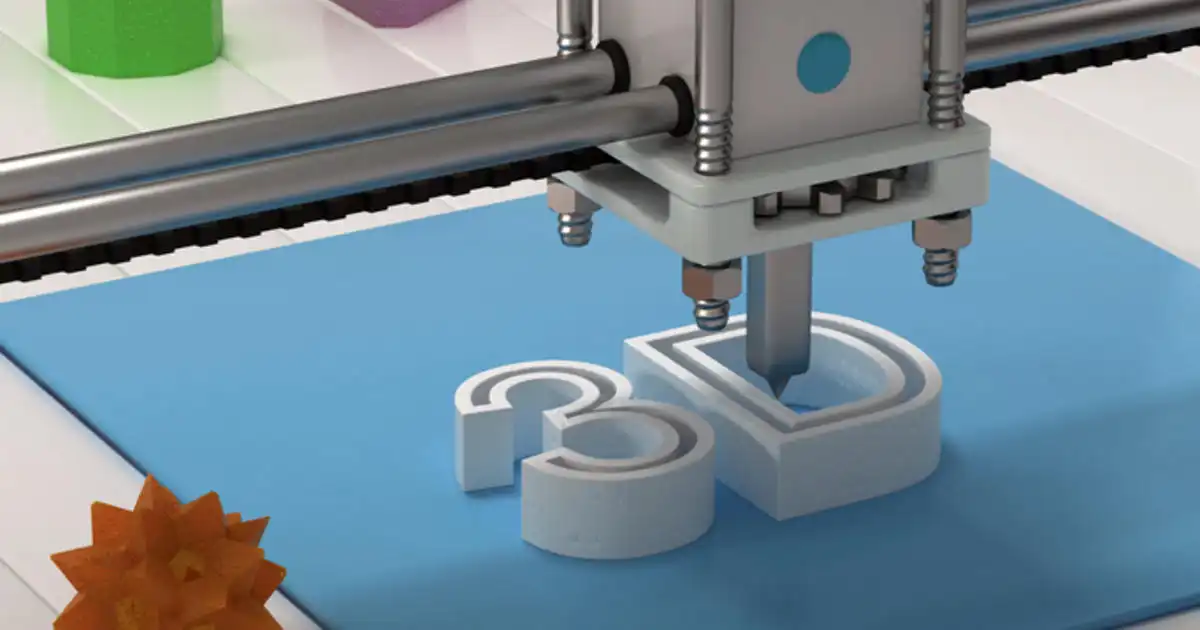
Our 3D Printing Services to provide you with exactly what you require.
Give us a call and see what we can make for you.
We own (3) 3D printers of various sizes and types to make all our parts.
We do not make large items ourselves however we have a partner business who has muliple large resin printers who can do anything we cannot. They also specialise in all Dental 3D Printing.
We specialise in small to medium D&D and model items
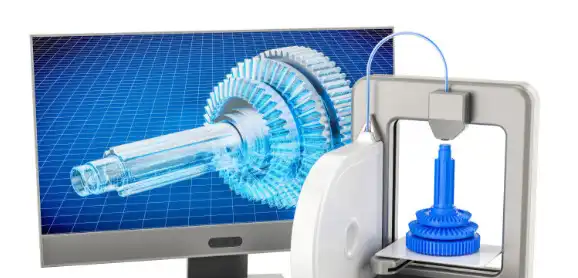
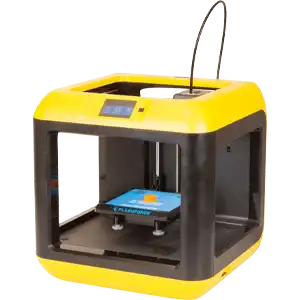
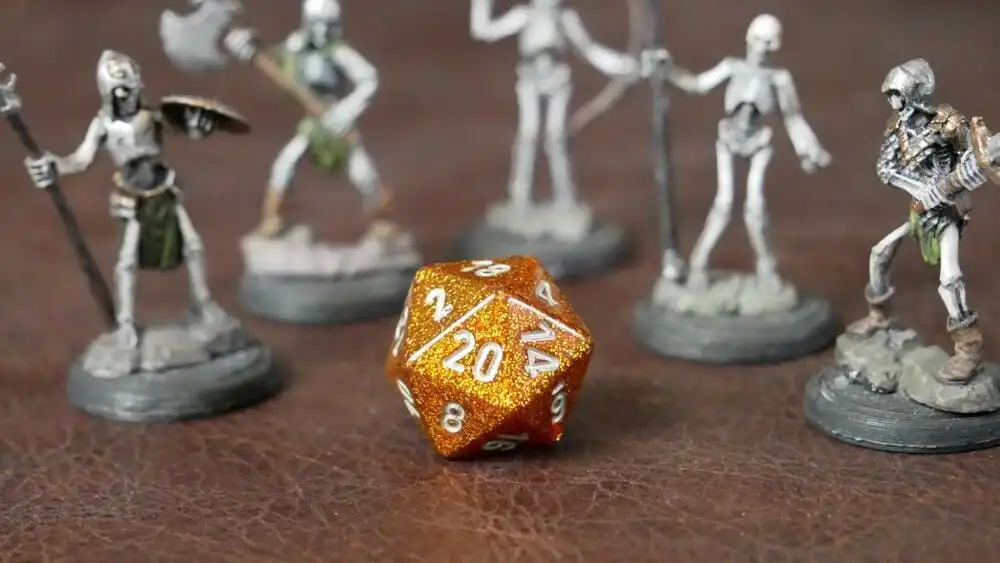
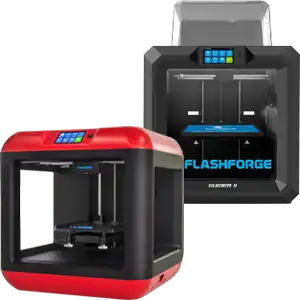
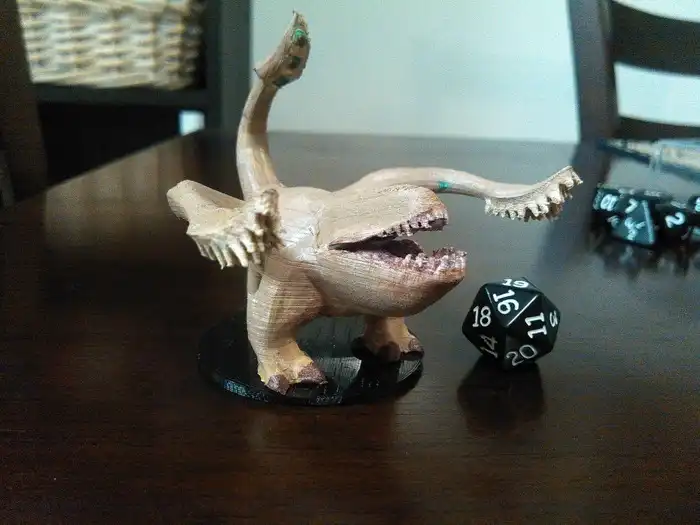
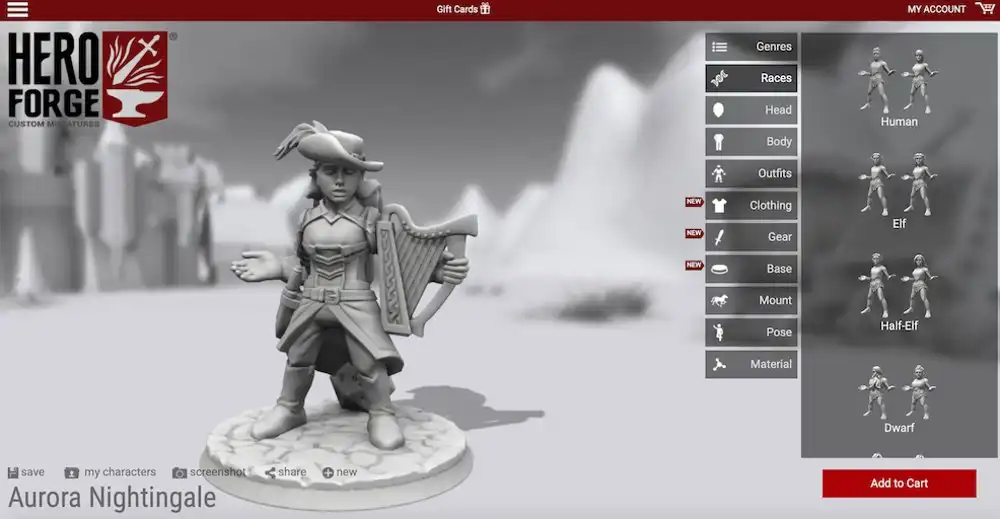
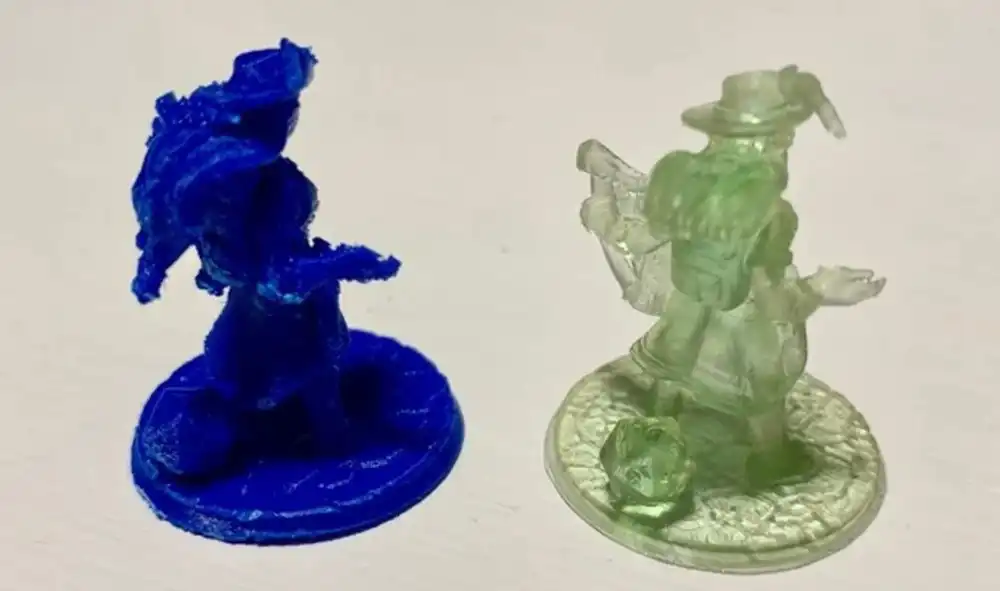
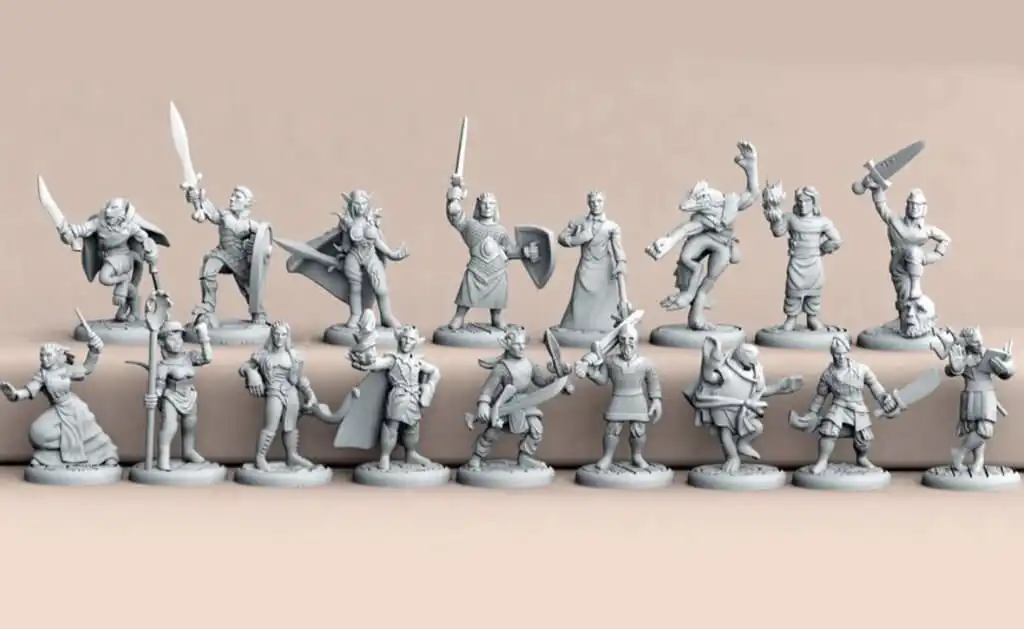
D&D: 3D PRINT DUNGEONS & DRAGONS (DND) PIECES
Forget the limited options at your local shop or online store; 3D printing platforms offer a whole universe of designs and items waiting for your perusal. The real game-changer? You get to tailor your own creations to fit your vision perfectly. So, if none of those female halfling bard designs quite hit the mark, it's time to flex your creative muscles and start designing!
For those dipping their toes into the world of D&D, there's a whole array of essential components to keep in mind. Think of it like this: as you venture through new realms and face off against various adversaries, things like terrain, props, hazards, and monsters become vital to the experience.
Now, let's dive into the goodies you can conjure up with 3D printing:
Miniatures:
Picture this – your heroes, villains, pivotal NPCs, or even the odd critter, all brought to life in intricate detail.
Terrain and Props:
From quaint little water wells and spooky stalagmites to versatile dungeon tiles and rustic crates, you name it, you can print it. Got a vision of your dungeon nestled within the hull of a mighty ship? Well, why not bring it to life, piece by piece?
Traps:
What's more devious than a horde of monsters? How about a sinister statue that unleashes an energy beam until your heroes crack the code? Meet the Statue of Minds – the epitome of creative torment. And the best part? It can take any shape or form your twisted imagination desires!
Dice:
Every D&D aficionado knows the importance of the dice – those trusty polyhedral tools that determine fate. From d4s to d20s, each roll adds a touch of drama to the tale. And let's not forget the thrill of rolling percentile dice (2d10) for those clutch moments.
Dice Towers:
Ah, the humble dice tower – a fortress of randomness and fairness. Drop your dice in, watch them dance across hidden platforms, and await their fate as they tumble down to reveal your destiny.
Other Goodies:
DM screens, dice boxes, dice trays – these aren't just accessories; they're badges of honor for the true D&D devotee. So go ahead, flaunt your nerdiness with pride!
File Sources, Builders, & Tools
Thanks to the massive fan base of D&D, finding D&D files online is easier than casting a cantrip. Here are a few hotspots where you can snag those coveted files, along with some tips to make working with them a breeze.
Sources
Thingiverse:
Check out Thingiverse – it's like the ultimate treasure trove for 3D models, especially when it comes to beefing up your D&D stash. With thousands of designs up for grabs, you're bound to find something that tickles your fancy.
And then there's MyMiniFactory, another gem in the 3D printing realm. Think of it as your trusty sidekick to Thingiverse, offering up a plethora of goodies ready to bring your imagination to life.
MyMiniFactory:
Alongside Thingiverse, MyMiniFactory is another go-to source for just about anything you might want us to print for you.
Builders
Hero Forge :Ever dreamt of bringing your own characters to life? Well, meet Hero Forge – your one-stop-shop for crafting custom characters straight out of your imagination.
Here's the deal: Hero Forge covers a whole spectrum of genres, from fantasy realms and wild west showdowns to futuristic sci-fi epics and modern-day dramas. Oh, and let's not forget the allure of East Asian aesthetics. Plus, they're constantly adding new design elements to keep things fresh and exciting.
Now, here's the catch: while Hero Forge offers an incredible array of customization options, you'll need to shell out a small fee to get your hands on the final file.
Desktop Hero: But wait, there's more! Enter Desktop Hero, another player in the custom character modeling game. Like its counterpart Hero Forge, Desktop Hero lets you dive into the world of character creation with ease.
The drill is pretty much the same: pick your genre, tinker with the elements, and voila – your character springs to life before your eyes. The only difference? Desktop Hero boasts its own unique selection of elements to play with.
So, here's the plan: why not give both platforms a whirl and see which one tickles your fancy? After all, when it comes to bringing your dream characters to life, the more options, the merrier!
This platform specialises in customizing your own characters.
Different genres, including fantasy, western, sci-fi, modern, and east-Asian, are available on the platform, with new design elements constantly being added.
Just know that you will have to pay a small fee to obtain your file.
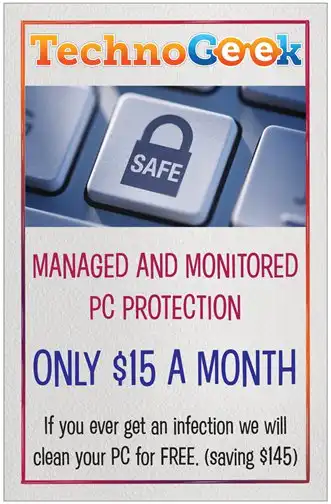
FIXED FEE WORKSHOP & REMOTE COMPUTER SERVICES
Office Address
1 Jezebel Place Kallangur
Office Hours
WEEKDAYS: 8am to 6:30pm
SAT: By Appointment Only
CLOSED SUNDAYS & PUBLIC HOLIDAYS

